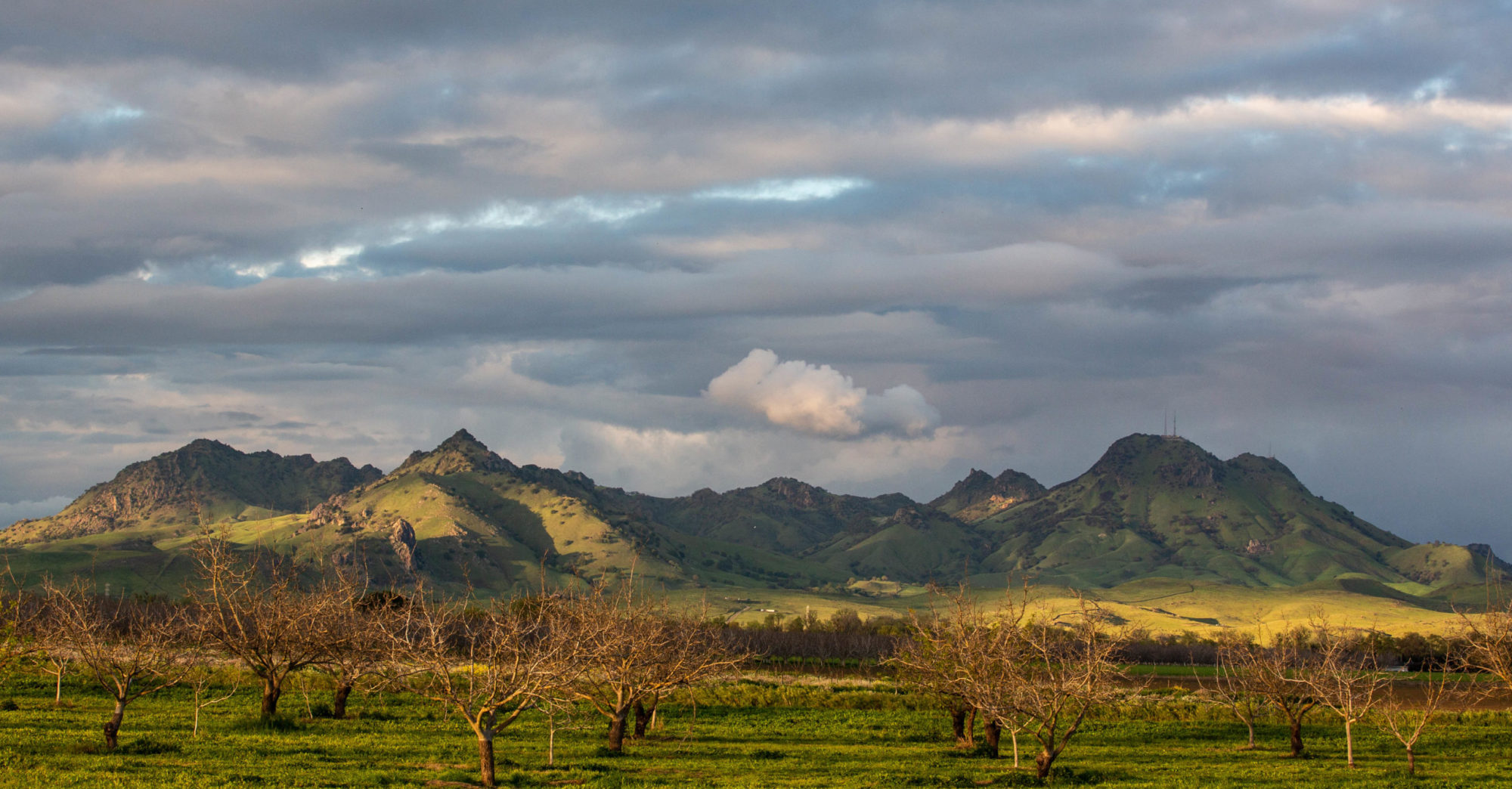OK — so I’m going to be a shill for a minute here: The Corporation for Public Broadcasting, the Public Broadcasting Service (which you may know as “public TV” or “Masterpiece Theatre”), National Public Radio, and local public TV and public radio stations across the country are campaigning to turn back an attempt in Congress to cut public media funding. The move is part of a much larger effort to reduce government spending.
The public media response is called 170 Million Americans. That’s the number of people the CPB says watch public TV, listen to public radio, and use public media digital services each month. That’s a lot of people, more than half of the U.S.A. Public media people–I’m one, as it happens–are urging friends, family, coworkers, passers-by, and complete strangers to let their folks in Congress know how they feel if they value the service we deliver. So consider yourself urged if you’ve read this far. Here’s where to go online if you’re inclined to take action. And if you’re wondering, here’s how public media funding works.
Fuller disclosure: Yes, I work for a public broadcaster, KQED in San Francisco. And I’m responding in part to a call to action from by company’s CEO, and in part to a comment from a usually well-informed friend who said he “wasn’t worried” about the CPB cuts because public financing isn’t all that much of the corporation’s budget. In the case of KQED, we get about $5 million a year in federal support. That’s about 8.5 percent of the company’s annual budget. If you run a business or pay close attention to your household finances, think about what kind of hit that would be. Some public broadcasters–those in smaller markets and rural areas–reportedly get 30 to 50 percent of their funding through federal support. For them, this becomes a life-and-death matter, and for their audiences, it’s a matter of having continued access to a source of diverse news, information, and entertainment programming.
(Click on image for larger version of poster, which has a kind of goofy reference to The Count from “Sesame Street.”)
